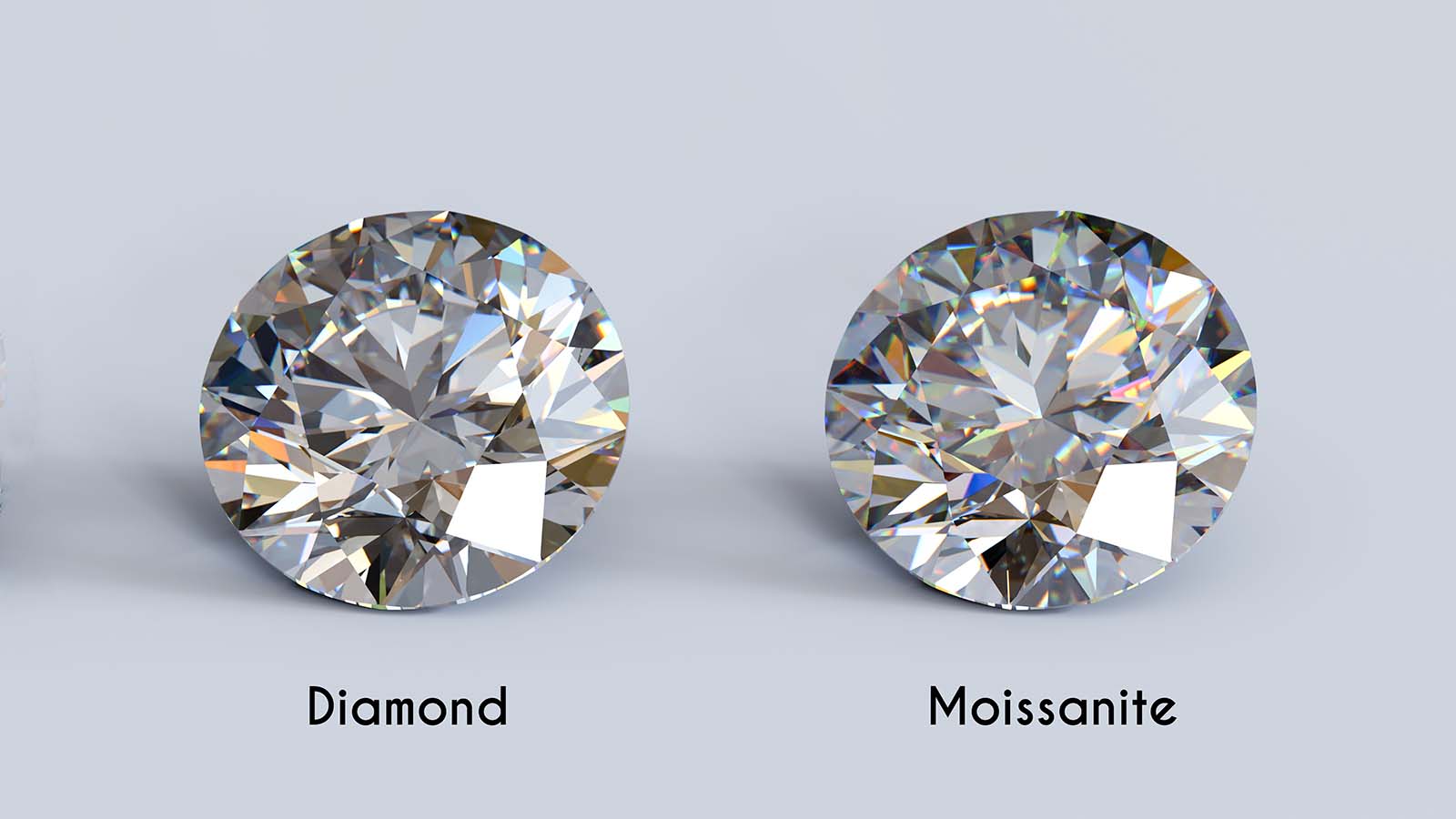In the world of gemstones, few comparisons spark as much interest as the debate between moissanite vs diamond. Both dazzling options have their unique characteristics, making them sought after for various reasons. In this article, we will delve into the distinctions between moissanite and diamond, shedding light on their composition, visual properties, ethical considerations, and economic factors.
Moissanite vs Diamond: Composition
Moissanite
Moissanite is a naturally occurring silicon carbide that was first discovered in a meteor crater by Nobel Prize-winning chemist Henri Moissan in 1893. Due to its rarity in nature, most moissanite available today is created in laboratories. This lab-grown gemstone exhibits exceptional brilliance and fire, often surpassing that of diamonds.
Diamond
Diamonds, on the other hand, are composed of carbon atoms arranged in a crystal lattice structure. Their formation occurs deep within the Earth's mantle under extreme heat and pressure. Diamonds are prized for their hardness, making them the hardest naturally occurring material known to humanity.
Visual Properties
When it comes to visual properties, moissanite diamond offer distinct characteristics that appeal to different preferences.
Moissanite
Moissanite's exceptional refractive index results in a brilliant sparkle, often accompanied by vivid flashes of color. This rainbow-like play of light, known as “fire,” is a signature trait of moissanite. Some individuals are drawn to moissanite's vibrant and unique display of colors.
Diamond
Diamonds, known for their unparalleled hardness, offer a different type of brilliance. They create a captivating sparkle that is often described as “white light” due to its colorless nature. The absence of spectral colors in diamonds gives them a timeless and elegant appearance.
Ethical Considerations
Moissanite
Moissanite's ethical standing is relatively straightforward since most of it is lab-grown. This eliminates concerns about mining practices and associated environmental impacts. Choosing moissanite can be appealing to those who prioritize ethical sourcing and sustainability.
Diamond
Diamonds, especially those sourced before ethical concerns gained prominence, might be associated with conflict or “blood” diamonds, which were mined in war zones and sold to finance armed conflict against governments. However, the diamond industry has taken significant steps to address these issues through certification processes like the Kimberley Process.
Economic Factors
Moissanite
From an economic standpoint, moissanite tends to be more affordable than diamonds of comparable size and quality. This affordability makes it an attractive alternative for individuals seeking the look of a diamond without the high price tag.
Diamond
Diamonds, due to their natural rarity and enduring popularity, can be a significant investment. They often retain their value and can even appreciate over time, especially for rare and large stones.
Moissanite vs Diamond: Making the Choice
In the debate of moissanite vs diamond, the choice ultimately comes down to personal preferences and priorities. Some individuals are captivated by the unique brilliance and fire of moissanite, while others are drawn to the timeless elegance of diamonds. Factors like budget, ethical considerations, and individual taste play a pivotal role in this decision.
Conclusion
In the end, the moissanite vs diamond debate is not about determining a winner; it's about understanding the strengths and beauty that each stone brings to the table. Whether you choose moissanite for its vibrant sparkle or diamonds for their classic elegance, both options offer a unique way to capture life's special moments.





